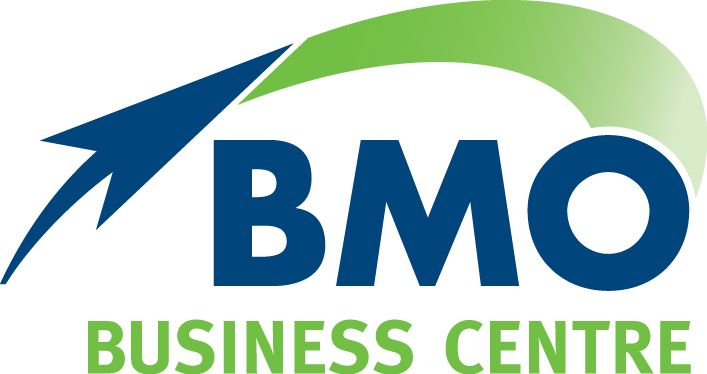Turbocharge your super before 30 June
More than half of us set a new financial goal at the beginning of 2025, according to ASIC’s Moneysmart website. While most financial goals include saving money and paying down debts, the months leading up to 30 June provide an opportunity to review your super balance to look at ways to boost your retirement savings.
What you need to consider first
If you have more than one super account, consolidating them to one account may be an option for you. Consolidating your super could save you from paying multiple fees, however, if you have insurance inside your super, you may be at risk of losing it, so contact us before making any changes.i
How to boost your retirement savings
Making additional contributions on top of the super guarantee paid by your employer could make a big difference to your retirement balance thanks to the magic of compounding interest.
There are a few ways to boost your super before 30 June:
Concessional contributions (before tax)
These contributions can be made from either your pre-tax salary via a salary-sacrifice arrangement through your employer or using after-tax money and depositing funds directly into your super account.
Apart from the increase to your super balance, you may pay less tax (depending on your current marginal rate).ii
Check to see what your current year to date contributions are so any additional contributions you may make don’t exceed the concessional (before-tax) contributions cap, which is $30,000 from 1 July 2024.iii
Non-concessional contributions (after tax)
This type of contribution is also known as a personal contribution. It is important not to exceed the cap on contributions, which is set at $120,000 from 1 July 2024.iv
If you exceed the concessional contributions cap (before tax) of $30,000 per annum, any additional contributions made are taxed at your marginal tax rate less a
15 per cent tax offset to account for the contributions tax already paid by your super fund.
Exceeding the non-concessional contributions cap will see a tax of 47 per cent levied on the excess contributions.
Carry forward (catch-up) concessional contributions
If you’ve had a break from work or haven’t reached the maximum contributions cap for the past five years, this type of super contribution could help boost your balance – especially if you’ve received a lump sum of money like a work bonus.
These contributions are unused concessional contributions from the previous five financial years and only available to those whose super accounts are less than $500,000.
There are strict rules around this type of contribution, and they are complex so it’s important to get advice before making a catch-up contribution.
Downsizer contributions
If you are over 55 years, have owned your home for 10 years and are looking to sell, you may be able to make a non-concessional super contribution of as much as $300,000 per person - $600,000 if you are a couple. You must make the contribution to your super within 90 days of receiving the proceeds of the sale of your home.
Spouse contributions
There are two ways you can make spouse super contributions, you could:
- split contributions you have already made to your own super, by rolling them over to your spouse's super – known as a contributions-splitting super benefit, or
- contribute directly to your spouse's super, treated as their non-concessional contribution, which may entitle you to a tax offset of $540 per year if they earn less than $40,000 per annum
Again, there are a few restrictions and eligibility requirements for this type of contribution.
Get in touch for more information about your options and for help with a super strategy that could help you achieve a rewarding retirement.
i Transferring or consolidating your super | Australian Taxation Office
ii Salary sacrificing super | Australian Taxation Office
iii Concessional contributions cap | Australian Taxation Office
iv Non-concessional contributions cap | Australian Taxation Office
The information in this article does not take into account your objectives, needs and circumstances. We recommend that you obtain investment and taxation advice specific to your investment objectives, financial situation and particular needs before making any investment decision or acting on any of the information contained in this document. Subject to law, Capstone Financial Planning nor their directors, employees or authorised representatives gives any representation or warranty as to the reliability, accuracy or completeness of the information; or accepts any responsibility for any person acting, or refraining from acting, on the basis of the information contained in this document. Principal Wealth Management Pty Ltd trading as BMO Financial Solutions ABN 53 109 336 601 is a Corporate Authorised Representative (CAR 277821) of Capstone Financial Planning Pty Ltd ABN 24 093 733 969 Australian Financial Services Licence (AFSL) No. 223135.


